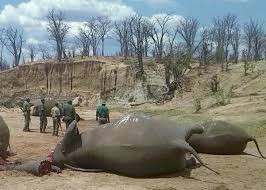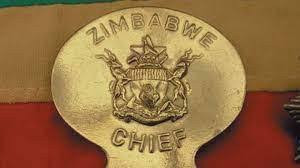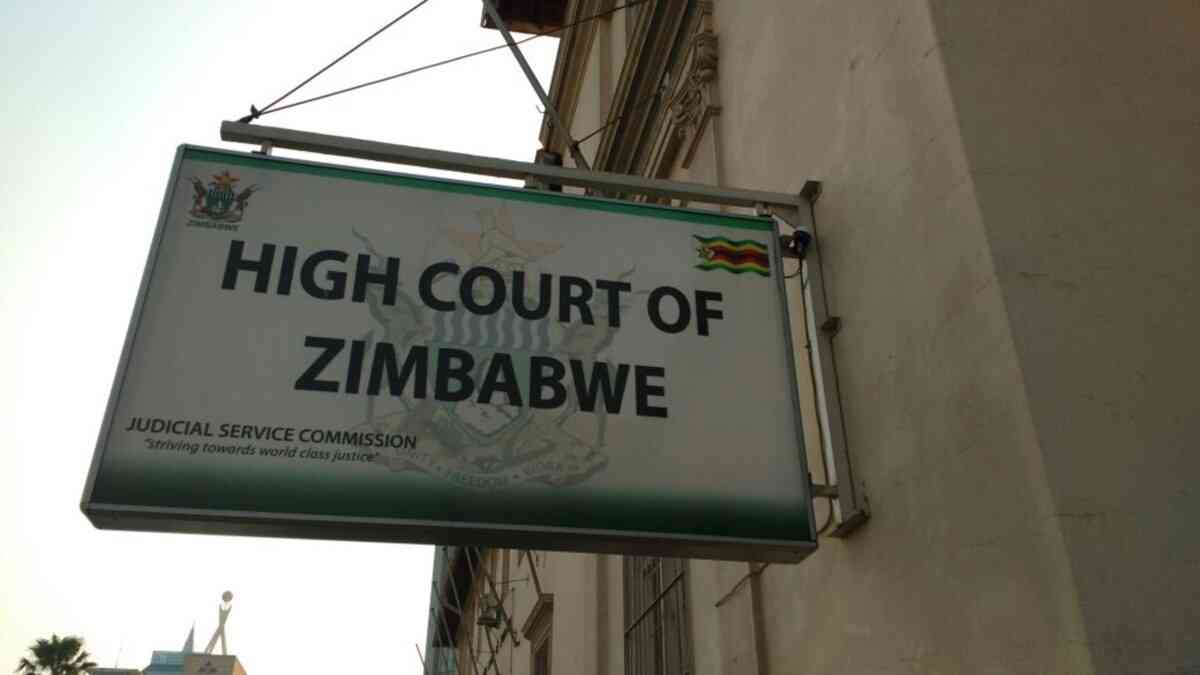
LUSAKA – A FAULT at Zambia’s Kariba North hydropower station Monday caused a blackout across most of Africa’s second largest copper producer and in large parts of neighbouring Zimbabwe.
The fault also knocked out Zimbabwe’s Kariba South hydro-electric plant and its Hwange thermal power plan, a spokesman for state-owned power utility, Zesa Holdings (Pvt) Ltd said.
Eight of Zambia’s 10 provinces lost electricity, while Zimbabwe’s capital, Harare, and most of the country’s northern regions were without power.
Zambia could lose as much as four days of copper production as mines struggle to recover from the outage. Zambia’s mining industry, which uses about half the nation’s electricity, produces more copper than any other African country after the Democratic Republic of Congo (DRC).
Zimbabwe rations power daily, producing and importing about 1,300 megawatts of power against demand of about 2,200 megawatts. Zambia’s power-generation capacity is 2,310 megawatts, former President Michael Sata said in September.
As the two countries battle to recover, they would struggle to match the severity of the May 20, 2008 blackout on the entire island of Zanzibar.
The island suffered a complete shutdown starting at 2200hrs local time, with the rupture of an undersea cable from the mainland Tanzania blamed.
Power was only restored on June 18, one month later.
- Chamisa under fire over US$120K donation
- Mavhunga puts DeMbare into Chibuku quarterfinals
- Pension funds bet on Cabora Bassa oilfields
- Councils defy govt fire tender directive
Keep Reading
In 2009 a blackout hit even the presidential palace in Nigeria, where outages for days are not uncommon, despite being Africa’s biggest economy.
On May 28, 2013 Kenya’s power grid failed, after two transmission lines tripped, setting off a ripple effect that knocked out the lights nationally. Over 2 million people were affected. Another 1.4 million customers were offline in January 16, 2015 due to a similar problem.
Egypt last year woke up to a blackout in its main cities including the capital. The September 4, 2014 outage is estimated to have cost $100 million to the strategic chokepoint of the Suez Canal, as naval and industrial activity ground to a halt.
Power was restored late in the day.
In November of the same year South Africa implemented rolling blackouts, lasting three days from the 21st to the 23rd of the month. Similar outages had been recorded in the month after a technical problem at Eskom’s Majuba Poer Station.
The problem was exacerbated by the severe strain on the national grid, issues which persist – and seem to get worse by the day.
Capturing significant outages in Africa is a challenge due to two hurdles: The continent has the least power capacity globally.
Among the 20 countries with the highest deficits in access to electricity 12 are in sub-Saharan Africa, while regional access rates average 30%, with 600 million sub-Saharan Africans off the grid.
On average, it takes an Ethiopian two years to consume the amount of electricity an American uses in just three days. The same American uses 90 times more electricity than a Nigerian every year.
Secondly, for an outage to be classified as major it must not be planned by the service provider, must affect at least 1,000 people for at least one hour or equate one million person-hours of disruption.
Therefore, 10 million people affected for 50 minutes would not qualify.
Consulting firm McKinsey estimates that sub—Saharan Africa needs more than $835 billion to fix its generation, transmission and distribution plants by 2040.
A July 31, 2012 outage in India is recorded as the largest ever in history, affecting 620 million people, or 9% of the world’s population. – Mail&Guardian Africa










